Walking through tall grass on a sunny summer day will disturb a lot of small insects which leap or flutter a short distance before landing and disappearing back into the grass.
Some will be grasshoppers or crickets which use their powerful hind legs to jump then glide slowly downwards on their wings. Field Grasshoppers and Meadow Grasshoppers are normally the commonest species in our area. Most female Meadow Grasshoppers have shorter wings although long winged forms can occasionally occur.
Several species of Bush-crickets, which have long antennae, are totally flightless with very short wings. Dark Bush-crickets and Speckled Bush-crickets can be 20 mm long and are normally the most numerous cricket species. They are often discovered hiding in dense undergrowth and should be easily identifiable. Long-winged Coneheads, which also have long antennae, appear to be increasing in number at several locations.
Many species of moths are active in daylight and can be found in grassy areas. They vary considerably in size and some of the larger specimens are reasonably simple to identify, at least to family level.
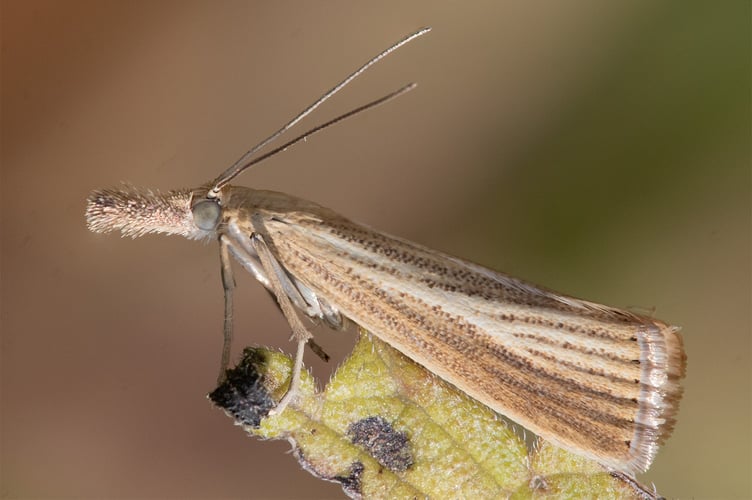
Rush Veneer moths have distinctive narrow brownish wings with darker blotches and are up to 15 mm long. They are an immigrant species which can frequently be seen around coastal areas. I have found them at many wildlife sites from Andrews Wood to Prawle Point and I even found one in the grassy car parking area at the recent South Hams Vintage Machinery Show.
The Crambidae moth family includes many long narrow species which are commonly known as Grass Moths. Most are various shades of brown with white or greyish streaks. There are over 30 species but those most frequently encountered will be the Common Grass-veneer (Agriphila tristella) and Garden Grass-veneer (Chrysoteuchia culmella).
They can usually be identified from good photographs or with a hand lens but care is sometimes required with poorly marked individuals.
This year has produced a good number of Burnet Moths which have a wing length of up to 20 mm with distinctive bright red spots on a shiny black background. By far the most common form is the Six-spot Burnet which should be easily recognisable by those spots. Adults will often be found feeding on thistles or knapweeds and Bird’s-foot Trefoil which is used by their caterpillars.
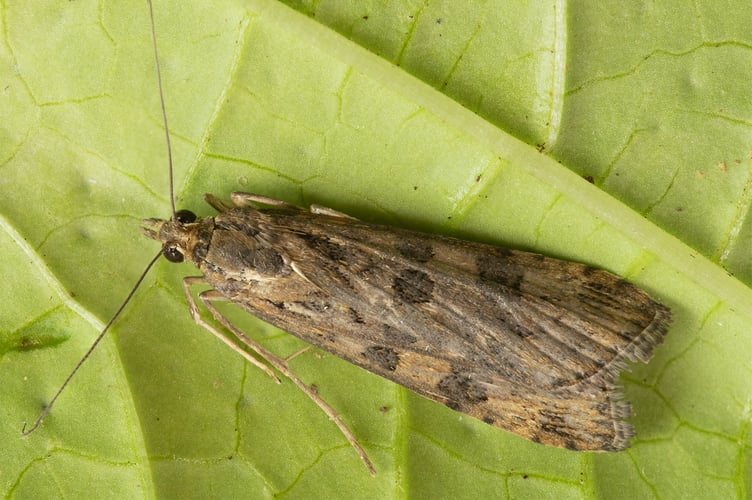
Some of the small insects around grassy areas will be little micro moths. The tiny Cocksfoot Moth (Glyphipterix simpliciella) is only 5 mm and difficult to separate from 6 very similar greyish brown species. They can be common around grass from May to July.
The Speckled Fanner (Glyphipterix thrasonella) is a slightly larger member of the same family although at 8 mm it is still hard to see. They have silvery cross bands on a shiny brassy coloured background and can often be found around rushes. It is another species which I often find in Andrews Wood.
Recently, when walking at Snapes Point, I saw what I initially thought to be a Marbled White butterfly as it fluttered past me. But I have never previously found them in that area so I followed until it landed in the hedge and instantly recognised it as a Magpie Moth.
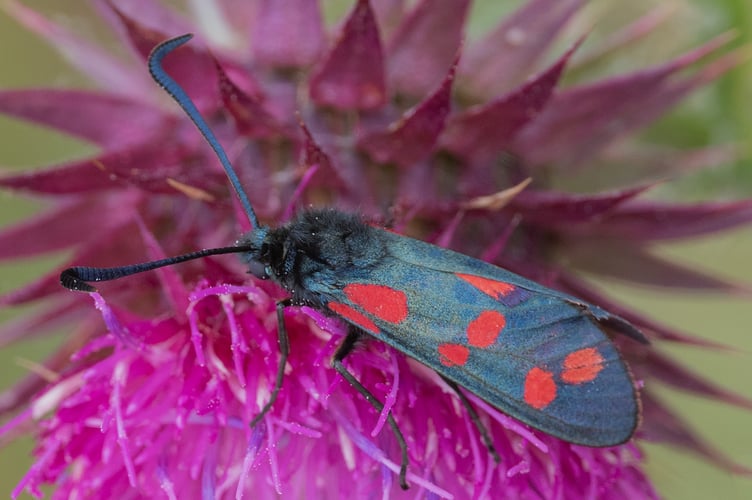
Those black spots on a white background with yellowish streaks are very distinctive. They have a wingspan which can reach 50 mm and will occasionally be found resting on brambles during the day. I have recently had a few of them at a moth trap in my garden.
If you are lucky, clearer spots in the tall grass may give a glimpse of the tail end of a lizard as it dashes away to a safer spot. Or even a Grass Snake; but be careful of Adders.

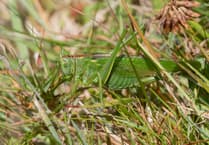
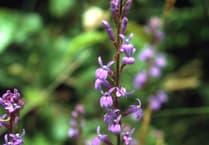
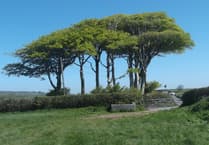
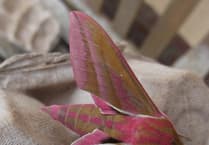
Comments
This article has no comments yet. Be the first to leave a comment.